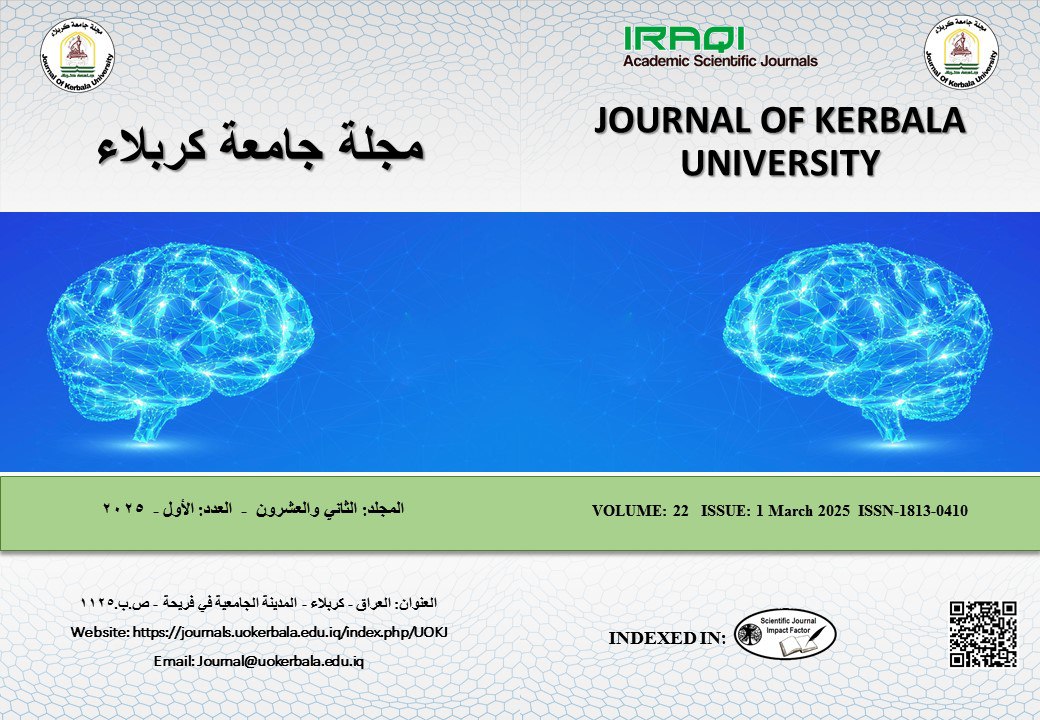Study the Prevalence of Helicobacter Pylori Infection and its Association with Anemia among Dyspeptic Patients in the Holy Province of Karbala
Keywords:
Helicobacter pylori, Anemia, DyspepticAbstract
Background: Infections caused by Helicobacter pylori (H. pylori) are a major crisis in global health. Finding out whether an H. pylori infection is associated with anemia is the primary goal of this study.
Methods: The 601 patients with systemic dyspepsia at Imam Hussein Medical City in Karbala, Iraq participated in this study. Results: The study found that the percentage of females was higher than that of males (53.7%), while the percentage of males was (46.3%), and the age group of 30-59 years was the highest among all patients. The study revealed a prevalence rate of H. pylori infection at 24.3%, which exhibited a significant correlation with both gender and anemia. Patients infected with H. pylori had a significantly higher incidence of anemia (54.9%) than uninfected patients (45.1%). Infected and uninfected people had significantly different mean hemoglobin, corpuscular volume, hemoglobin concentration, hematocrit, and red blood cell counts. Conclusion: Dyspepsia patients have a high rate of H. pylori infections, with a strong link to gender and anemia. However, the study's cross-sectional methodology limited its ability to establish causal correlations, suggesting future studies should use a cohort design.





